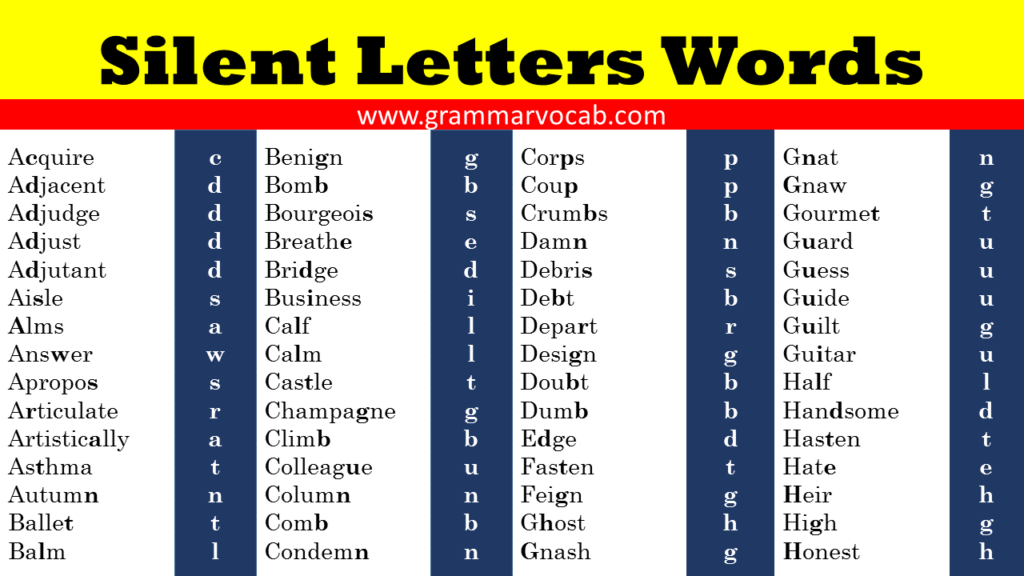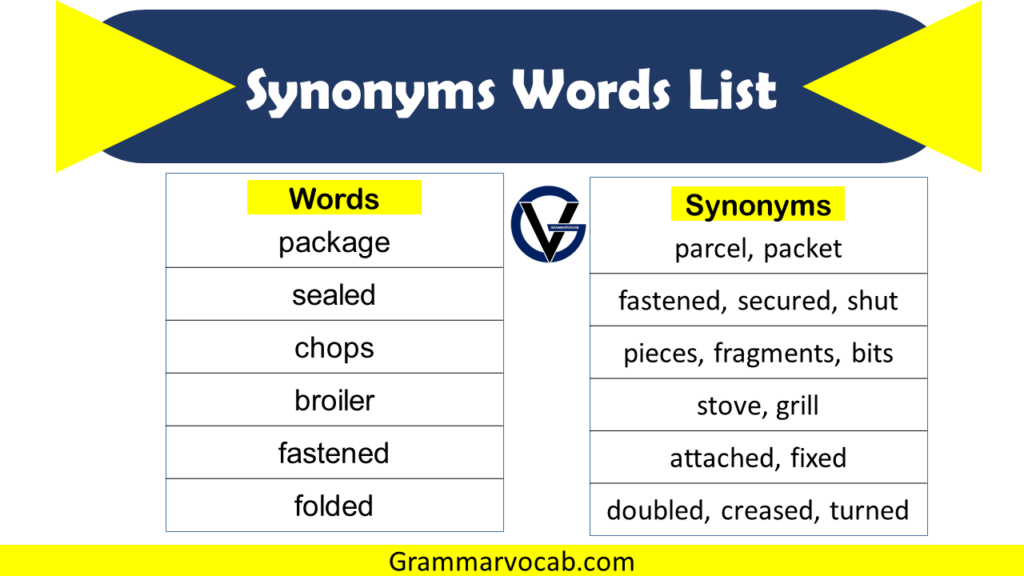Handicraft vocabulary words refer to the specific language used in the world of handmade goods and crafts. These are the terms, jargon, and technical words used by artisans, crafters, and designers to describe the materials, techniques, and processes involved in making handmade items. This vocabulary covers a wide range of creative activities, such as sewing, embroidery, weaving, jewelry-making, pottery, woodworking, and many other crafts. Understanding handicraft vocabulary words is essential for communicating effectively with other crafters and artisans, as well as for learning new techniques and methods in the world of handmade goods.
Handicraft Related Words
- Acrylic painting
- Advertising
- Aesthetics
- Appliqué
- Art
- Artisan
- Artistic
- Artistry
- Back stitch
- Barrettes
- Basket weaving
- Batik
- Beading
- Beadwork stitches
- Beautiful
- Belts
- Blanket stitch
- Block printing
- Block printing on textiles
- Bobbin lace
- Bookbinding
- Braiding
- Braids
- Branding
- Brick stitch
- Buckles
- Buttons
- Cabinet making
- Calligraphy
- Carpentery
- Carving
- Ceramics
- Chain stitch
- Clasps
- Coiling
- Combs
- Couching stitch
- Craftsmanship
- Creativity
- Crochet
- Cross stitch
- Decorative
- Delicate
- Design
- Dressmaking
- Dyeing
- Elaborate
- Embellishment
- Embroidered tapestry
- Embroidery
- Embroidery stitches
- Enamelwork
- Engraving
- Etching
- Exquisite
- Fashion design
- Fastenings
- Felt making
- Felting
- French knot
- Fringe
- Furniture making
- Gilding
- Glassblowing
- Gold leafing
- Graphic design
- Hair accessories
- Hair pins
- Hand spinning
- Handcrafted
- Handmade
- Hat making
- Headbands
- Herringbone stitch
- Hooks and eyes
- Illumination
- Ink
- Inlay
- Intricate
- Jewelry making
- Joinery
- Knitting
- Knotted pile
- Knotting
- Kumihimo
- Lace making
- Lacquering
- Ladder stitch
- Lapidary
- Lathe
- Leatherworking
- Letterpress
- Lithography
- Logo design
- Loom weaving
- Macrame
- Marquetry
- Millinery
- Needle felting
- Needlework
- Netting
- Oil painting
- Ornate
- Packaging design
- Painting
- Paper making
- Patchwork
- Peyote stitch
- Plaiting
- Pom-poms
- Pottery
- Printmaking
- Quilting
- Quipu
- Ribbons
- Right angle weave
- Rope making
- Running stitch
- Satin stitch
- Screen printing
- Sculpture
- Sewing
- Shibori
- Shoemaking
- Snaps
- Spinning
- Square stitch
- Tailoring
- Tapestry
- Tassels
- Tatting
- Textile art
- Tie-dye
- Trimmings
- Turning
- Typogrphy
- Upholstery
- Velcro
- Veneering
- Watercolor
- Weaving
- Wet felting
- Woodworking
- Zippers
Must Try: Weapons Name with Pictures
Handicraft Vocabulary Words | Images


FAQ Related to Handicraft
What are the benefits of handicrafts?
Handicrafts are handmade objects created using a variety of materials, techniques, and skills. They can range from simple, functional items such as pottery and woven baskets to intricate pieces of art such as quilts and sculptures. The benefits of handicrafts are many and include:
Personal satisfaction: Making something with your own hands can be a rewarding experience that provides a sense of accomplishment and personal satisfaction.
Improved mental health: Creating art or handicrafts can be a form of therapy and can help reduce stress, anxiety, and depression.
Improved cognitive skills: Handicrafts require creativity, problem-solving skills, and attention to detail, which can improve cognitive skills such as memory and concentration.
Increased socialization: Participating in handicraft groups or classes can provide opportunities for socialization and the development of new friendships.
Economic benefits: Handicrafts can provide economic benefits to individuals and communities by creating jobs and supporting local economies.
Preservation of culture: Handicrafts are often an important part of a community’s cultural heritage and can help to preserve traditions and customs.
Sustainable and eco-friendly: Many handicrafts are made from natural and sustainable materials and can help reduce waste and support environmentally friendly practices.
Overall, handicrafts provide many benefits to individuals and communities, including personal fulfillment, improved mental health, increased socialization, economic benefits, preservation of culture, and sustainable and eco-friendly practices.
Why handicraft is popular?
Handicrafts have been popular for centuries, and continue to be so today. Here are some reasons why handicrafts are popular:
Unique and individualized: Handicrafts are often unique and one-of-a-kind, which sets them apart from mass-produced items. They can also be personalized to suit the individual’s preferences, making them even more special.
Artistic expression: Handicrafts allow people to express their creativity and artistic skills. This can be very rewarding and fulfilling, and can also be a form of therapy.
Cultural heritage: Handicrafts are often a part of a community’s cultural heritage, and can be used to preserve and celebrate traditions and customs. This can help to promote a sense of identity and pride.
Environmentally friendly: Handicrafts are often made using natural and sustainable materials, which can appeal to people who are environmentally conscious.
Social interaction: Handicrafts can be a social activity, whether it’s participating in a class or group, or sharing ideas and techniques with others online. This can be a great way to meet new people and build relationships.
Economic benefits: Handicrafts can be a source of income for people, whether it’s selling their own creations or working in the handicraft industry.
Overall, handicrafts are popular because they offer a unique, creative, and fulfilling experience, while also promoting cultural heritage, environmental sustainability, and social interaction.
What are the common handicraft materials?
Handicrafts can be made from a wide variety of materials. Here are some of the most common handicraft materials:
Wood: Wood is a versatile material that can be used to create a wide variety of handicrafts, such as furniture, toys, and decorative objects.
Textiles: Textiles such as cotton, wool, silk, and linen are commonly used in handicrafts such as embroidery, weaving, knitting, and quilting.
Clay and pottery: Clay is a popular material for creating pottery, ceramics, and other objects. These handicrafts can range from functional items such as dishes and cups, to decorative sculptures and vases.
Paper: Paper is used in handicrafts such as origami, papier-mâché, and scrapbooking.
Metals: Metals such as copper, brass, and silver can be used to create jewelry, sculptures, and other decorative objects.
Glass: Glass is a versatile material that can be used to create stained glass, fused glass, and blown glass objects.
Natural materials: Natural materials such as shells, stones, and feathers can be used in handicrafts such as jewelry-making, home decor, and fashion accessories.



